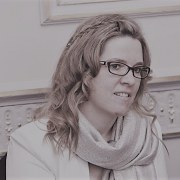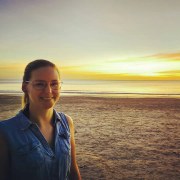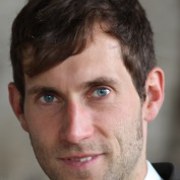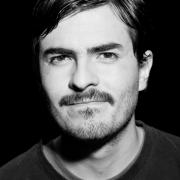Extending the invitation: attracting new hearts & minds
If we really want to succeed in lifelong learning, STEM and digital literacy for everyone, we need to have clear goals and a toolbox for reaching those goals. Nowadays, many science organisations create exciting, popular exhibits that are inclusive to all. Just as in sport or cultural participation, it is all too easy to focus on those who are already fans of science and technology. Not everybody comes to the party; some may not even feel welcome. As science institutions, we need to extend our invitation or perhaps move the party to the people.
This session will explore initiatives designed to reach a broader range of people and make them feel included. After presenters share their own experiences, we will have roundtable discussions in small groups. Participants can share their expertise and ask questions, before sharing their advice and recommendations as a group.
Session speakers
At Technopolis, the 14+ are underrepresented in our audience. We are developing different projects to reach these teenagers and to let them touch base with different angels and perspectives of STEM so they can make a thoughtful choice for their studies and career. We want to share some examples with the audience.
- A specific zone for teenagers only, called STEK, the Flemish word for your own cozy place where you feel at home. We are building a youth community who will build together with us the space, according to their needs.
- But also online we try to fascinate them with science and technology through our vlogs and YouTube videos, where we work together with influencers.
- A third project is a digital escape game, linked to the topics teenagers are interested in like social media, IoT etc.
The University College Odisee focusses entirely on Empowering Science Communication. We radically want to lower the barriers to participate activities on science communication and make our audience more diverse. This paradigm shift unfolds by several projects.
- Reformed STEM-academies: instead of organizing our STEM-academies with registrations at our high-threshold ‘white’ and ‘elite’ university college campus, we start to organize activities in co-creation with minority organizations in disadvantaged city areas. We do not only change the structure, but even the very content of our activities, so that they are demand oriented and adapted to our audience
- Plays²STEM: The development of STEM-playgrounds that attracts children towards STEM-principles by doing and feeling these principles. We hope to be able to install our STEM-playgrounds in disadvantaged neighborhoods.
- Financial incentives are given to the researchers at our institute that are focusing their scientific outreach on Empowering Science Communication.
- The project Amper Slim is a Flemish digital first project that tries to convince those youngsters with a specifically under-utilized STEM potential that STEM might be an option for their future
Even though Parque Explora is the most visited museum in Colombia, with more than 600.000 visitors each year, we are constantly exploring novel ways to expand our reach, broaden our audiences and lower the barriers to participate in our programs, exhibitions, and conversations beyond the museum walls. From this perspective, we conducted a design-driven and exploratory research focused on “non-visitors”, especially local residents with a low level of participation or interest in Science Centers. 34 master design students from Eafit University, divided into six groups, explored barriers and opportunities to engage them beyond exhibitions and traditional programs. We employed participatory and generative design methods and tools for the front end of innovation. The results will inform and inspire new ways to manage organizational change, explore new horizons and strategically evolve our institution in our effort to be more relevant to more people.
Exhibition Developer, Audience Research
An out-of-mall experience - The presentation will showcase a traveling exhibition produced by Experimentarium and the Natural History Museum of Denmark. Designed specifically for malls, it toured all corners of Denmark for close to two years. It featured an interactive installation and display cases with real zoological, botanical, and geological objects. Its exotic character made it stand out against the commercial mall setting, and malls reported that it had great stopping power and appealed to all ages. Photos and feedback from malls tell a story of having given people an “out-of-mall” experience, and ironically this exhibition has probably been seen by more people than all our other exhibitions at the museum over a decade or so.





